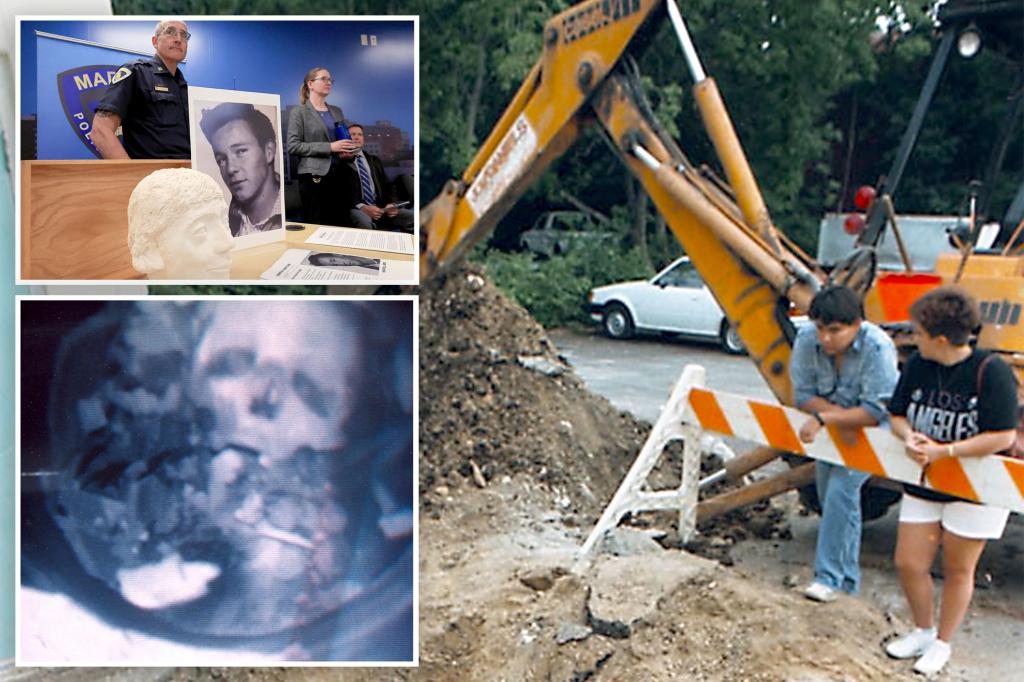Police in Wisconsin have finally solved a half-century-old mystery related to bones found in the chimney of a music shop, with the remains being identified as those of Ronnie Joe Kirk, a Tulsa, Oklahoma native. Despite this identification, the circumstances surrounding Kirk’s death and how he ended up in Wisconsin remains unknown. Kirk disappeared in 1970 after losing contact with his family, and his skeletal remains, including his skull, were discovered in 1989 in a chimney in a University Avenue building that has since been demolished. For over 30 years, he was known only as “Chimney Doe.”
Madison Detective Lindsey Ludden contacted the DNA Doe Project in 2018 and provided them with a hair sample from Kirk’s skull. In 2021, the sample was sent to Astrea Forensics, a DNA sequencing company specializing in degraded samples, to develop a DNA profile suitable for investigating genetic genealogy for Kirk. Born in 1942, Kirk was adopted, married and divorced twice, and had three children. The DNA Doe Project worked extensively on his family tree and were able to positively identify Kirk. His last confirmed contact with relatives was in 1970 when he divorced his second wife in Missouri.
Kirk has two children from his first marriage and one from his second. Investigators reached out to them to inform them of their father’s identification, with both of his ex-wives having remarried. Kirk’s family has asked for privacy at this time as investigators work to determine who Kirk was and how he ended up in Wisconsin. Despite having ties to Oklahoma, Missouri, Texas, and Alabama, no missing persons report was ever filed for Kirk. The medical examiner’s office will be reanalyzing the bones to gather more information about Kirk’s death, with a “severe” pelvic fracture being a key detail that was thought to be connected to his death.
The DNA Doe Project expressed excitement in being able to give Ronnie Kirk his name back and provide some closure to his family after decades of mystery surrounding his disappearance. The unique aspects of his case, including adoption, multiple marriages, and a diverse family tree, posed challenges in identifying him, but the project was ultimately successful. Investigators are now focusing on determining the circumstances surrounding Kirk’s death and how he ultimately ended up in the chimney in Wisconsin. A 1957 newspaper article detailing a 14-year-old boy named Ronnie Joe Kirk being hit by a car while riding a scooter provides a possible explanation for the severe pelvic fracture found on Kirk’s remains.
With the identification of Kirk, a long-standing mystery has been solved, bringing closure to his family and finally giving him his identity back after over 30 years of being known only as “Chimney Doe.” Investigators will continue to work on piecing together Kirk’s story, uncovering more details about his life, disappearance, and ultimate fate. The reanalysis of the bones by the medical examiner’s office and further investigation by law enforcement will hopefully shed more light on this enigmatic case and provide answers to the questions that have lingered for so many years.


